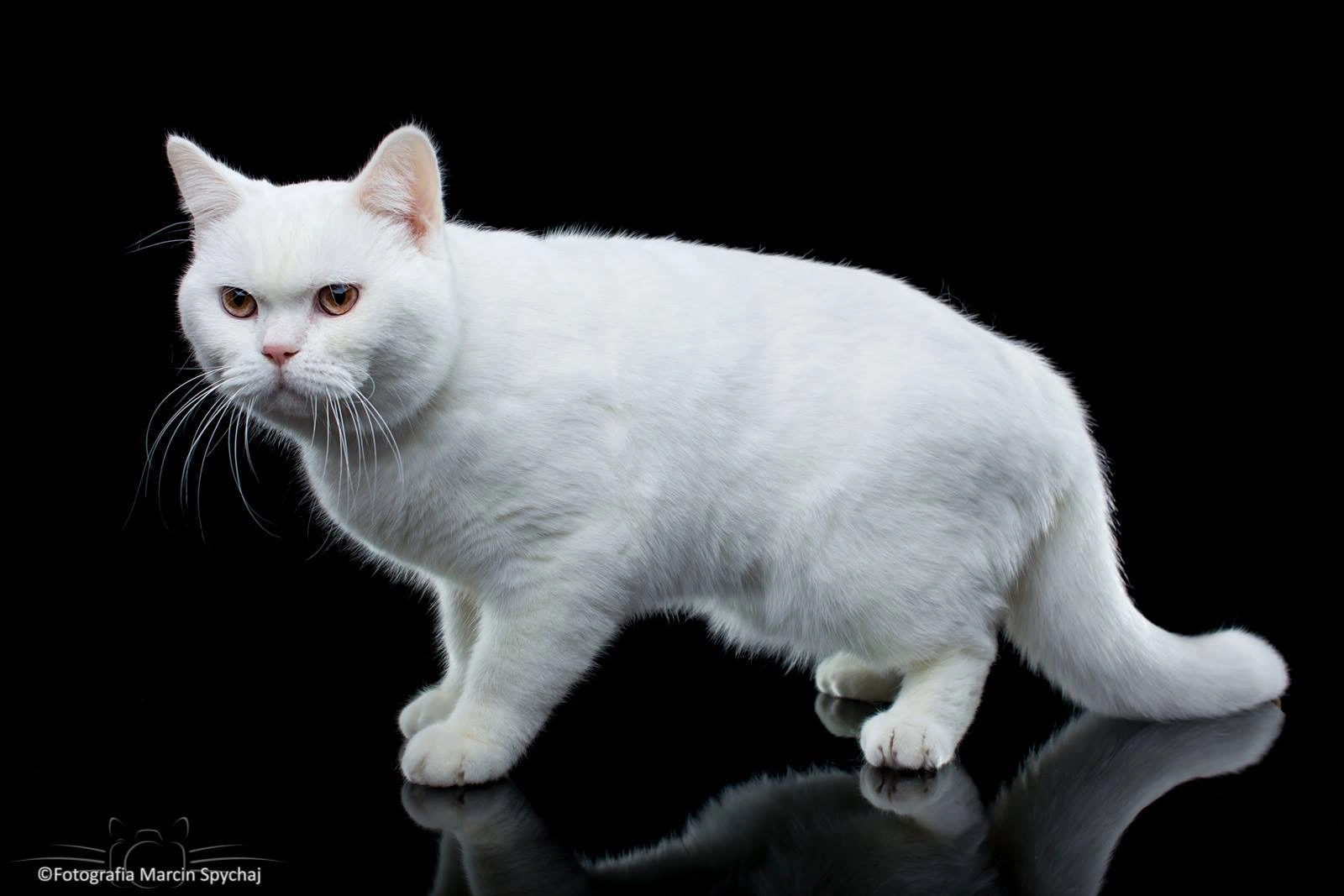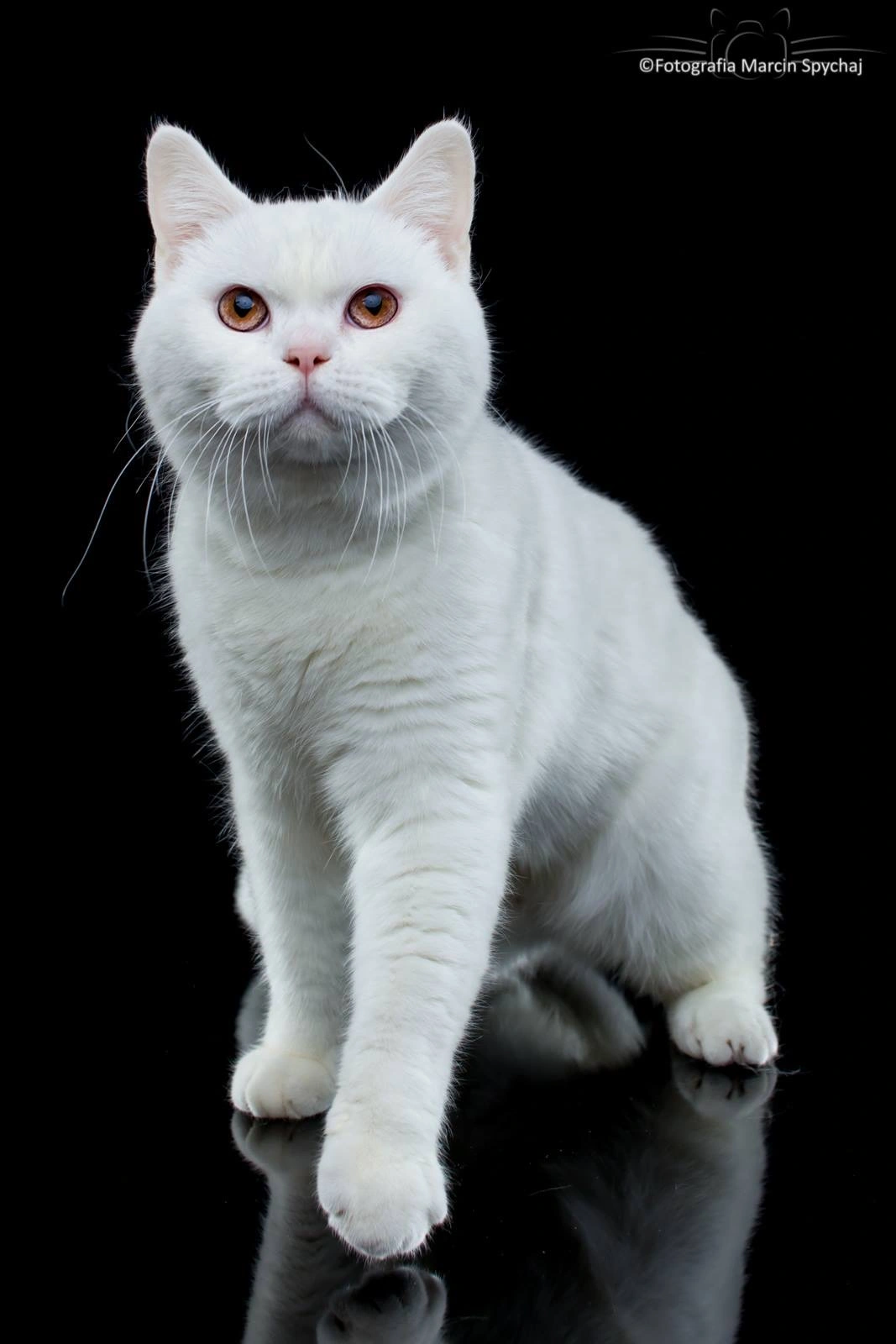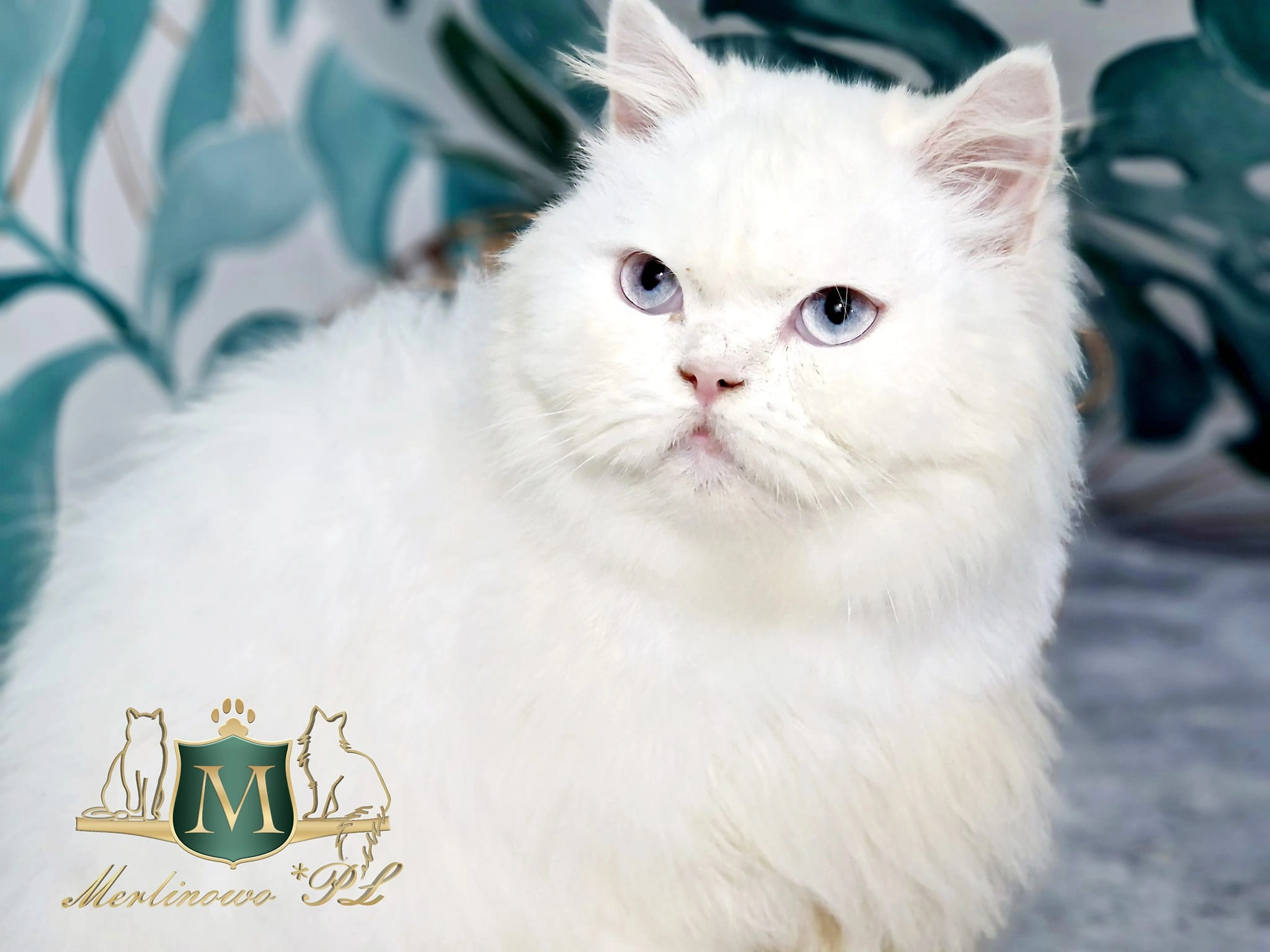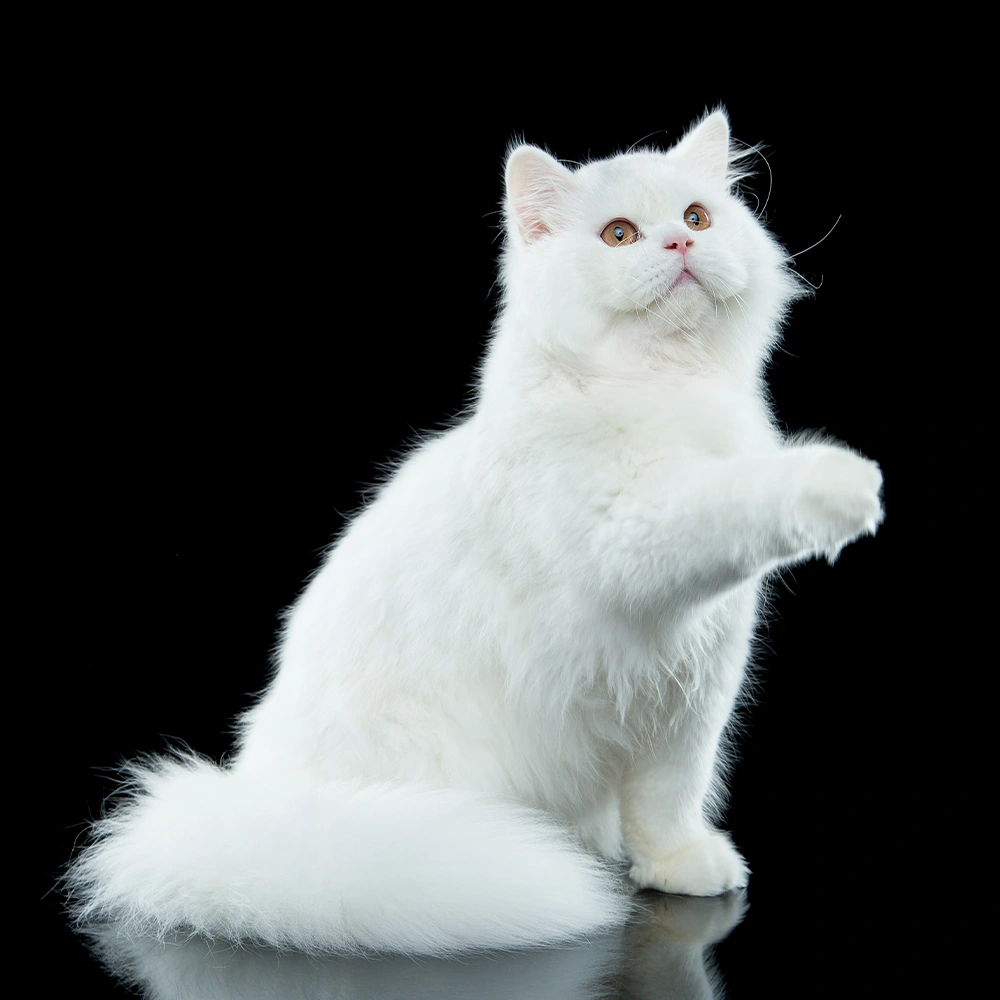The British cat breed has its roots in ancient Rome — it was the Romans who brought their cats to Britain, where they interbred with local wild cats. Over time, the British cat developed: strong, muscular, with short fur and great resistance to climate. In the 19th century, British breeders began selective breeding, and the first British cat shows took place in 1871 in London (Crystal Palace).
British Shorthair (BSH) was recognized as a separate breed, and its classic color is “blue” (grayish-blue), but other colors quickly appeared as well.
After World War II, the breed nearly went extinct — it was saved by crossbreeding with Persians and other breeds, which led to the emergence of the long-haired variety – British Longhair (BLH).


1980s–90s: Beginnings
British Shorthair cats (BSH) began to appear in Poland in the 1980s, mainly from Germany and the Czech Republic. At that time, the breed was little known — Persians and Siamese were more popular.
1990s and 2000+: Growing popularity
In the 1990s and 2000s, BSH breeding developed rapidly. The first professional catteries registered with FPL (Felinological Federation of Poland, affiliated with FIFe) emerged. Blue BSH cats were most commonly bred, but over time other colors appeared: lilac, chocolate, white, tabby, and point.
For many years, BLH was considered a “deviation” from the BSH standard (hair too long). It was officially recognized as a separate breed by organizations such as WCF and TICA, and breeding in Poland began only after 2010. BLH developed more slowly, but today it is increasingly known in Poland, with its own catteries, bloodlines, and show titles.
Today in Poland, there are several hundred registered BSH and BLH catteries, including those specializing in rare variants: white, point, heterochromatic, cinnamon, etc. Export and import have also emerged: cats from Poland go to Germany, the Netherlands, Norway, Canada, and the USA. Conversely, Polish breeders import valuable breeding material. Merlinowo*PL cattery is a pioneer in breeding white cats with heterochromia and blue-eyed cats, first shorthaired, and shortly after, longhaired ones.
BSH and BLH are now found in virtually every possible color variant, including:BSH i BLH występują dziś w każdym możliwym już praktycznie wariancie kolorystycznym, m.in.:
• Blue (a)
• Lilac (c)
• Chocolate (b)
• Our Merlinowo favorite — white:
- w62 orange-eyed (e.g., Grand International Champion Perun Merlinowo*PL shorthair or Ehimay Merlinowo*PL longhair)
- w63 (CH Lavinia Merlinowo*PL shorthair female with heterochromia or longhaired Iluminacja Merlinowo*PL)
- w61, the most common blue-eyed ones, (e.g., Unique Merlinowo*PL or DeAngelo Merlinowo*PL)


1. The most popular BSH color in Poland is… blue. But at shows, golden, chocolate, and white cats are increasingly seen.
2. The first longhaired cat in the history of FPL in Poland to be named the most beautiful male in category 3 on July 7, 2018 (no. 97), was our white Ehimay Merlinowo*PL. The first such cat in Poland (b. 26.02.2016).
3. White BLH cats with blue eyes are the rarest; in Poland, the only absolutely first and still the only representative of the breed is DeAngelo Merlinowo*PL.
British cats — both shorthair and longhair — hold a strong position in Poland today, with professional catteries, show titles, and a growing variety of colors. From modest beginnings in the communist era to modern catteries exporting cats worldwide — they’ve come a long way.
The temperament of British cats, both shorthair (BSH) and longhair (BLH), is one of the breed’s greatest advantages. These are calm, balanced domestic companions who adapt well to various living conditions: from small apartments to large homes with children.
QUIZ: Is the British cat the right one for you?